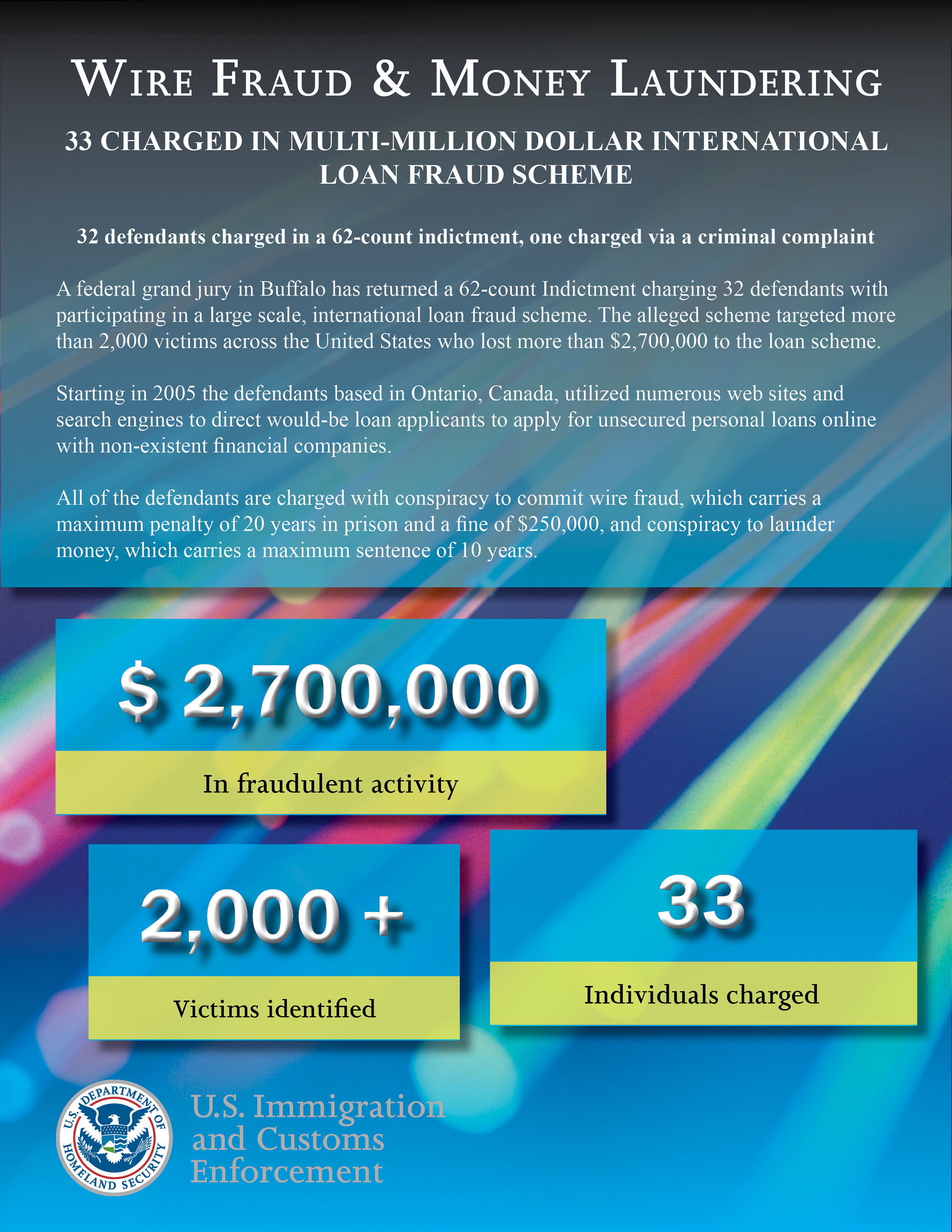Google is promoting Google+ in a big way. Surf around and you’ll find continuing integration of Google+ into other Google offerings; for example, it’s impossible not to notice
the growing Google+ connection in GMail if you use the Google e-mail service.
Blogger pushes a connection with Google+ where
Blogger posts automatically appear on Google+ and vice versa, Google+ comments automatically appear on the Blogger blog. There’s also integration between Google+ and YouTube; Google+ and Google Chrome; and the big one for me this week: Google+ and Google Search.
That’s right. Contributing to Google+ is going to help you get top ranking in Google Search Results. Why? Well, you need to think of your Google+ Page as a kind of blog and the content that you write for Google+ as mini blog posts.
Google+ Posts Are a Big Deal Now Because Google+ Appears in Google Search
There’s a great article at Moz explaining their research into a correlation between Google rankings in Google Search Results and Google+ contributions. (We’re talking stuff you write and put on Google Plus, not the “+1” which is Google+’s hat tip to the Facebook Like feature.)
Go read
the Moz article on the "Amazing Correlation" they've discovered for lots of details on this study. Bottom line, Moz found that sharing stuff on Google+ helps you with Google Search. (Why does this surprise anyone?)
You want to take the time in writing your Google+ contributions
because each Google Plus post connects with Google Search (
go here to read how spiders work):
- Google Search will read ("crawl") and index your Google+ contribution. IMMEDIATELY.
- Google Search is going to check those links in your Google Plus post, too. IMMEDIATELY.
- Google Search includes Google+ in its PageRank categorization — this is good for your Google+ page, but it’s good for your web site or blog, too, if you’ve inserted their links into your Google+ post.
For an in-depth discussion on writing posts for Google Plus, I recommend Dustin Stout’s article, “
The Anatomy of a Perfect Google+ Post.” He’s providing lots of detailed instruction.
However, for many of my clients, what Dustin recommends is too much for them: they want to slap something into Google+ and go — lawyers are an impatient (busy) lot. For example, Dustin’s suggestion that communication be encouraged by asking for comments simply will not be followed by many attorneys right now because they don’t have the time to commit to these conversations. And don’t even get them started on Twitter: they will not tweet.
Therefore, I’m offering the following information for a fast post on Google+ that I think will help the writer accomplish the goal of being noticed both on Google+ as well as on Google Search.
Remember: you care about how to write a Google+ post because it can help you appear in the top results in Google Search.
Tips for Writing Google+ Posts Without Spending Too Much Time On Them
These are tips for those who are busy but want to be involved with Google+ — there’s more than can be done, but if you want to be lean and mean, here are my tips and suggestions:
1. Consider Your Google+ Post to be a Mini Blog Post - Because It Is
This contribution on Google Plus isn’t a blurb and it isn’t a tweet. It's a short blog post on Google+, a social media site.
Inverted pyramid approach, sure, with maybe 1 or 2 paragraphs. It’s a short and sweet blog post, not a comment to a news article or a Wikipedia entry.
Approach the Google+ contributions as exactly that: contributions you are making to the readers out there, and if they want further information then they need to click over to the link you provide. That can be your website or your blog, of course. It can also be any other site on the web.
Recap: One paragraph is okay, two is better, don’t go over three. Link should be there for more information (Google+ will shorten the link for you). Content should contribute to the reader. Rant if you must, but I don’t read rants and I know lots of folk that are annoyed by ranting. Google+ readers aren’t the same as other sites: I suggest you offer fun, positive, informative content to them.
2. Use Bold and Italicized Fonts to Help the Reader Zip Through Your Post
Bold-face words and italicized words not only stand out from the remaining text, but these highlighted words and phrases help to create headings and sub-headings which readers can scan quickly (especially helpful with a small screen).
Use them to follow the old lesson of “tell them what you will be telling them, then tell it, then tell them what you told them.”
Highlighted text accomplishes the first step of that lesson, plus Google Search will like it from an SEO perspective.
Never use ALL CAPS — it’s like you are screaming on the screen. Bad form. Rude.
How to insert bold and italics into a Google+ Post
For
bold text, put a * symbol (asterick, there above the number 8 on your QWERTY keyboard) at the starting point where you want the bold to begin; put another * at the end of the phrase or word to appear in bold. (*bold*) When you hit "share" and your words are published on the Google+ site, what you typeds as *bold* will appear as
bold.
For
italics, same thing but use the underscore key _ instead of the * symbol. You can find that next to the + symbol on your QWERTY keyboard; you have to hold down the Shift key here or you’re going to type a minus sign (or a strikeout, depending on how you look at things). No minus sign/strikeout here! You want the underline and you just want one (1) of them.
One of them: _. Not a bunch of them: __________.
For
underlining text, which I don’t recommend but you’re you so maybe you like it, you do use the minus symbol instead of the * symbol as described above for the bold text.
3. Use Hashtags to Help Searches Find You
Consider what you’ve written and pick out your main words or phrases — aka your “key words” or “key phrases.” Two or three, four on the outside: don’t go nuts.
These are what you want to identify with a hashtag.
The hashtag helps people find your stuff on Google+: hashtags are a way to index your content so it is easier to search and to find.
In Google+, clicking on a hashtag within a post will take you to search results of other Google+ posts containing that same hashtag.
The hashtag symbol (#) is above the number 3 on your QWERTY keyboard. Hold down the Shift key, hit the 3 key, and voila: you’ve typed a hashtag.
Some folk insert their hashtags into their content; it’s a common practice on Twitter, where there is a character count limit of 140 characters. Doing this saves character space.
Google suggests that you do this in Google+ posts.
However, it makes your content harder to read. I like to see hashtags at the end of the contribution, or post, lined up there in a row. I believe that Google can find them just as easily, and doing this method doesn’t intrude on your writing. #writing #post #hashtag #Google+
4. Images (Photos) Are VERY Important for Google+
Just surf through Google+. Look at how visually appealing it is. Notice how your eye slides right on by those posts with no photos or pretty visuals? Sad, boring little posts that might have something important or entertaining for you, if you noticed them.
Google+ is designed for the eye. Your posts need eye candy.
This may take the most time, granted, but it need not cost you anything in terms of money.
Free public domain images are all over the place on the web (
read my post here on finding free infographics and
my post here on finding free photographs) and they are very helpful on Google+.
If you are promoting or discussing your own site or blog, then make sure to place a nice image in that content; when you link to it, the image will appear in your Google+ post. Problem solved.
If you haven’t, then you need to insert an image directly into Google+. This isn’t as time-consuming as it sounds. Just click on the little camera icon on the place where you write your contribution (post) on Google+ — a new window will open for you. You cannot pull a photo from a link to a URL, however — that is a drag, and I’m thinking it will change.
And yes, the image is important enough for you to take the time to download an image and then upload it into Google+ (more encouragement to get those images into your blog posts in the first place).
5. Reference Names in Google+ Posts with +, @, or E-Mail address
If you name someone in a Google+ post, and they have a Google+ page, then you can include "+" before their name and Google Plus will notify them that you've discussed them in your post. You can also use the "@" prefix, made popular by Twitter, and it will do the same thing. (Caveat: they have to set their account to receive these notifications in order to get them. That's their call.)
Don't be shocked if a list pops up when you do this: Google may have several names for you to review, so you can pick the right Google+ account from several similar or identical names.
Also, this notification process only works between two Google+ accounts. If you want to notify someone who isn't on Google Plus that you've named them in your post, then use their email address after the "+" or "@" symbol.
______________
To summarize:
1. Write short posts, 1 to 2 paragraphs, with positive, informative, entertaining content.
2. Include links.
3. Bold and/or italicize as needed in your Google+ post.
4. Include hashtags - I recommend placing them at the end of the post.
5. Add an image if your linked material doesn't already provide it.
6. Notify those mentioned in your post with + or @ before their name or email address.








.png)











.png)